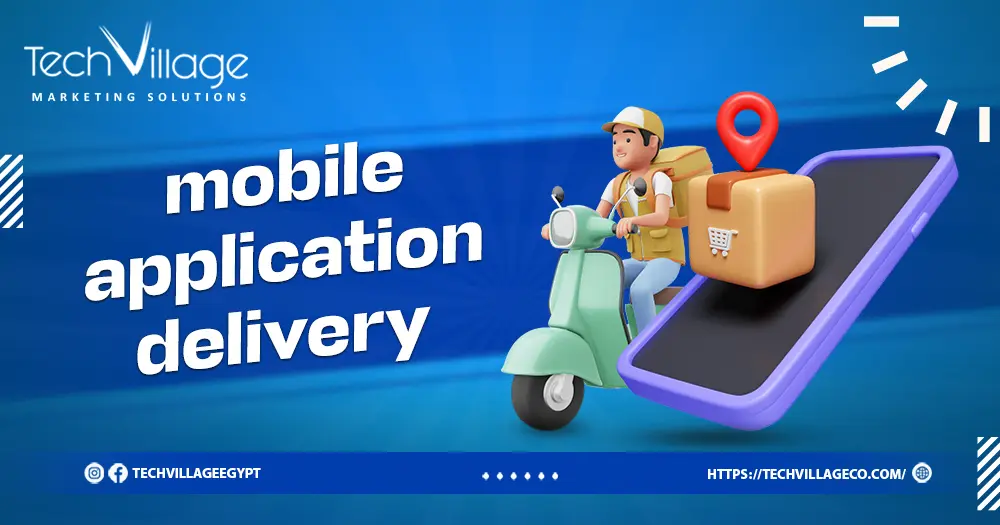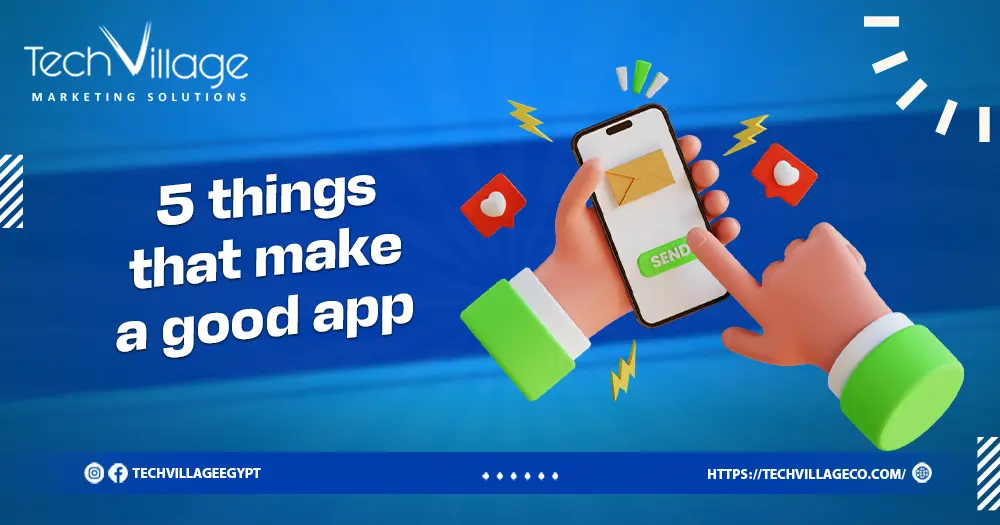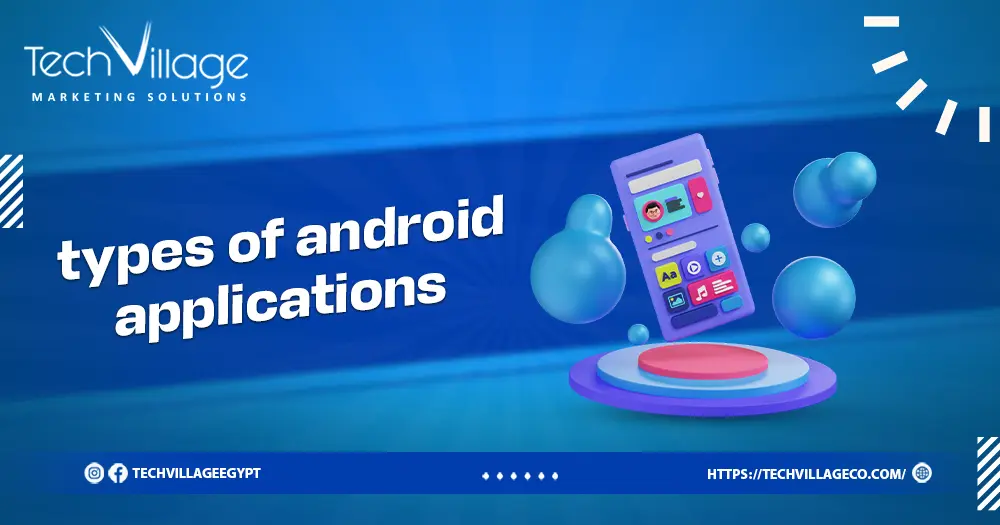mobile application delivery refers to the process of distributing and making available mobile applications to end-users through various channels, such as app stores, direct downloads, or enterprise distribution platforms. In today’s digital age, where smartphones and tablets are ubiquitous, mobile applications have become integral tools for communication, productivity, entertainment, and commerce.
The introduction of mobile application delivery has revolutionized how businesses engage with their customers, streamline internal operations, and reach new markets. From social media platforms to e-commerce solutions, educational tools to gaming apps, the diversity of mobile applications reflects the diverse needs and interests of users worldwide.
Table of Contents
ToggleWhat is the delivery of applications?
The mobile application delivery refers to the process of making software applications available to end-users or customers. It encompasses various stages, including development, testing, deployment, and maintenance, with the aim of ensuring that applications are delivered efficiently, securely, and with high quality.
This process involves aspects such as packaging the application, managing dependencies, ensuring compatibility with different platforms and devices, and deploying updates and patches as necessary. Effective application delivery is crucial for providing a positive user experience and achieving the desired outcomes for both developers and users.
Read also: Mobile Applications The Essential Key To Simplify Life.
What is mobile application delivery platform?
A mobile application delivery platform (MADP) is a software solution that provides tools and services for developing, deploying, managing, and analyzing mobile applications. MADPs typically offer features such as integrated development environments (IDEs), app lifecycle management, backend integration, security protocols, analytics, and support for multiple platforms and devices.
A mobile application delivery platforms streamline the mobile app development process by providing developers with a centralized environment to build, test, and deploy applications across various operating systems (such as iOS and Android) and devices (such as smartphones and tablets). MADPs often include features like cross-platform development frameworks, code reuse capabilities, and backend services integration, allowing developers to create robust and scalable mobile applications more efficiently.
Here’s: Mobile Application And Device Platform.
The key elements of application delivery
According to tech village. The key elements of mobile application delivery include:
- Development: This involves designing, coding, and testing the application to ensure functionality and usability.
- Deployment: The process of making the application available to end-users, which may involve packaging, configuring, and distributing the application across different platforms and devices.
- Integration: Connecting the application with backend systems, databases, APIs, and other external services to enable data exchange and functionality.
- Security: Implementing measures to protect the application and its data from unauthorized access, breaches, and other security threats.
- Monitoring and Management: Continuously monitoring the application’s performance, uptime, and user interactions, and managing updates, patches, and configurations as needed.
Get to know: How To Upload An Application To Google Play
The benefits of modern application delivery
The benefits of modern mobile application delivery include:
1. Faster time to market:
Modern mobile application delivery methods streamline the development, testing, and deployment processes.
Enabling organizations to release new features and updates more rapidly, thus staying ahead of competitors and meeting market demands efficiently.
2. Improved collaboration:
Modern application delivery practices promote collaboration among development, operations, and business teams through agile methodologies.
DevOps principles, and integrated toolchains, leading to better communication, coordination, and alignment of goals.
3. Enhanced agility and flexibility:
By adopting containerization, microservices architecture, and cloud-native technologies, modern mobile application delivery.
Enables organizations to respond quickly to changing business requirements, scale resources dynamically, and adapt to evolving market trends.
4. Cost efficiency:
Modern application delivery reduces infrastructure costs by optimizing resource utilization, automating repetitive tasks.
And leveraging cloud-based services, resulting in lower operational expenses and higher return on investment (ROI).
5. Improved reliability and stability:
With automated testing, continuous integration, and continuous deployment (CI/CD) pipelines.
Modern application delivery minimizes human errors, reduces downtime, and enhances the overall reliability and stability of applications in production environments.
6. Enhanced user experience:
By prioritizing user feedback, monitoring application performance, and iterating based on insights.
Modren mobile application delivery ensures that applications deliver optimal user experiences, resulting in higher satisfaction, engagement, and retention rates.
Read also: Android App Features List.
How can applications to mobile devices be delivered?
Applications to mobile devices can be delivered through various methods:
1. App stores:
The primary method for delivering mobile applications is through official app stores such as the Apple App Store for iOS devices and Google Play Store for Android devices.
Developers submit their apps to these platforms, where they undergo review processes before being made available for download by users.
2. Direct downloads:
Some applications can be downloaded directly from developers’ websites or third-party sources.
Users may need to enable installation from unknown sources in their device settings to install these apps. However, this method carries potential security risks.
3. Enterprise distribution:
Organizations can distribute applications internally to their employees or members through enterprise app stores or mobile device management (MDM) platforms.
This allows businesses to control the distribution and management of proprietary or custom-built apps within their organization.
Read also: Mobile Application Development In Egypt.
4. Over-the-Air (OTA) updates:
Once installed on a device, applications can be updated over the air, allowing developers to push bug fixes.
New features, and security patches directly to users’ devices through their internet connection, without needing to go through an app store.
5. Progressive web apps (PWAs):
PWAs are web applications that function like native mobile apps but are accessed through a web browser.
Users can add PWAs to their device’s home screen for easy access, and developers can push updates directly to the web server without needing to go through an app store.
Conclusion
In conclusion, mobile application delivery plays a pivotal role in ensuring seamless user experiences, efficient deployment, and timely updates. Embracing agile methodologies, optimizing delivery pipelines, and prioritizing user feedback are essential for success in the dynamic landscape of mobile app development. By continuously refining mobile application delivery strategies and leveraging emerging technologies, organizations can stay competitive and deliver value to their users in today’s rapidly evolving mobile ecosystem.
FAQ
How can mobile applications be delivered?
Mobile applications can be delivered to users through various methods, including official app stores, direct downloads, enterprise distribution, over-the-air updates, and progressive web apps (PWAs).
How can apps be delivered via the cloud?
Apps can be delivered via the cloud through various methods, leveraging cloud computing infrastructure and services. Cloud hosting allows developers to host their applications on platforms like Amazon Web Services (AWS), Microsoft Azure, or Google Cloud Platform (GCP), providing scalable and reliable infrastructure.

 AR
AR





